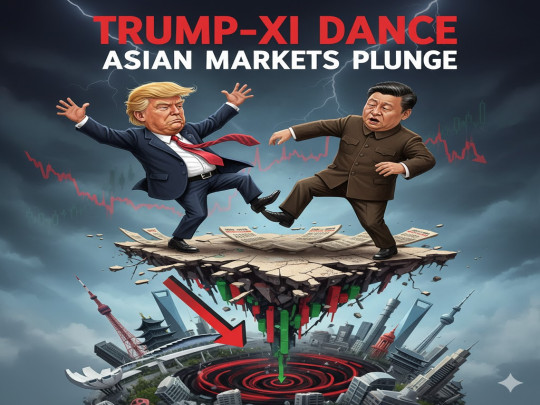Will Oil Prices Hit $100 per Barrel? 2025 Outlook Amid Geopolitical Tensions
Oil prices are facing renewed upward pressure amid rising Middle East tensions, especially after U.S. strikes on Iranian nuclear facilities. The potential disruption of the Strait of Hormuz, through which 20% of global oil flows, has added a geopolitical risk premium. However, most forecasts—including J.P. Morgan and Goldman Sachs—do not see Brent crude sustaining $100 per barrel in 2025. Analysts cite moderate demand, sufficient supply buffers, and OPEC+ spare capacity. Still, a severe conflict or prolonged supply shock could temporarily drive prices above $100. While not the base case, the risk of a sharp spike in oil prices remains.

As geopolitical tensions escalate in the Middle East, especially after targeted strikes on Iranian nuclear facilities, oil markets are once again in focus. The central question: Will Brent crude oil hit $100 per barrel in 2025? Here’s an oil-only deep dive into where prices might be headed.
Geopolitical Risk: Strait of Hormuz in the Crosshairs
The recent U.S. airstrikes on Iranian nuclear infrastructure have heightened tensions in the Gulf. The Strait of Hormuz — a narrow chokepoint through which about 20% of global oil flows — is now a strategic flashpoint. Any disruption here could trigger a significant oil supply shock, with ripple effects across the global energy market.
Markets have already responded with a moderate price spike, as traders price in risk premiums amid fears of retaliatory action or blockades. The risk of broader military escalation is now the single largest upside variable for crude prices.
Base Case Forecasts: No Triple-Digit Oil Without Major Disruption
Despite the rising geopolitical noise, most major institutions are not calling for $100 oil in 2025—unless there’s a severe supply disruption.
Brent Crude Forecasts for 2025:
-
J.P. Morgan: $66/bbl average; range: $61–$67
-
Standard Chartered: $77/bbl average, with upside capped below $100
-
BMI (Fitch Group): $68/bbl average
-
World Bank & EIA: Mid-$70s
-
Goldman Sachs: Baseline in mid-$80s, with a $10 risk premium baked in
WTI Crude:
-
Dallas Fed Survey (Oil Executives): $71.13 average; high: $100, low: $53
These forecasts highlight a consensus: unless the Strait of Hormuz is blocked or Iranian exports are severely curtailed, fundamentals don’t currently support a sustained push to $100.
Tail Risks: What If Conflict Escalates?
If military activity in the region intensifies, supply losses could change the pricing calculus rapidly.
Extreme Scenarios:
-
Citi: Disruption of 3M barrels/day for months = Brent up to $90
-
Goldman Sachs: Prolonged conflict = temporary surge above $100
-
J.P. Morgan: Full Strait of Hormuz closure = $120–$130 per barrel
These are not base cases—but they illustrate the market’s sensitivity to geopolitical shock.
Demand and Supply Trends: The Anchors
-
Demand: Moderate global growth, especially with EV adoption and efficiency gains.
-
Supply: OPEC+ retains spare capacity, and U.S. shale production remains resilient.
-
Inventories: Not critically low, though tighter than 2023.
The expected moderation in demand growth, combined with flexible supply capacity, is what’s keeping most analysts from projecting triple-digit oil prices.
Key Quotes: Industry Outlook
“Unless we have a major disruption to supply, I don’t see how that is possible, especially when demand is not booming.”
— Carole Nakhle, CEO, Crystol Energy
Conclusion: $100 Oil is Not the Base Case—but Still a Risk
-
Base Case (Most Likely): Brent crude between $66 and $85 per barrel through 2025.
-
Tail Risk (Geopolitical Shock): Brent spikes above $100, if Strait of Hormuz is blocked or Iranian output plunges.
-
Bottom Line:Oil markets are entering a volatile phase. While fundamentals suggest a capped upside, geopolitics remain the wild card. A severe disruption in Middle Eastern supply routes could push prices over the $100 threshold—but without it, 2025 is more likely to see Brent range-bound in the $70s to low $80s. Investors should brace for volatility and closely monitor developments in the Gulf region.



